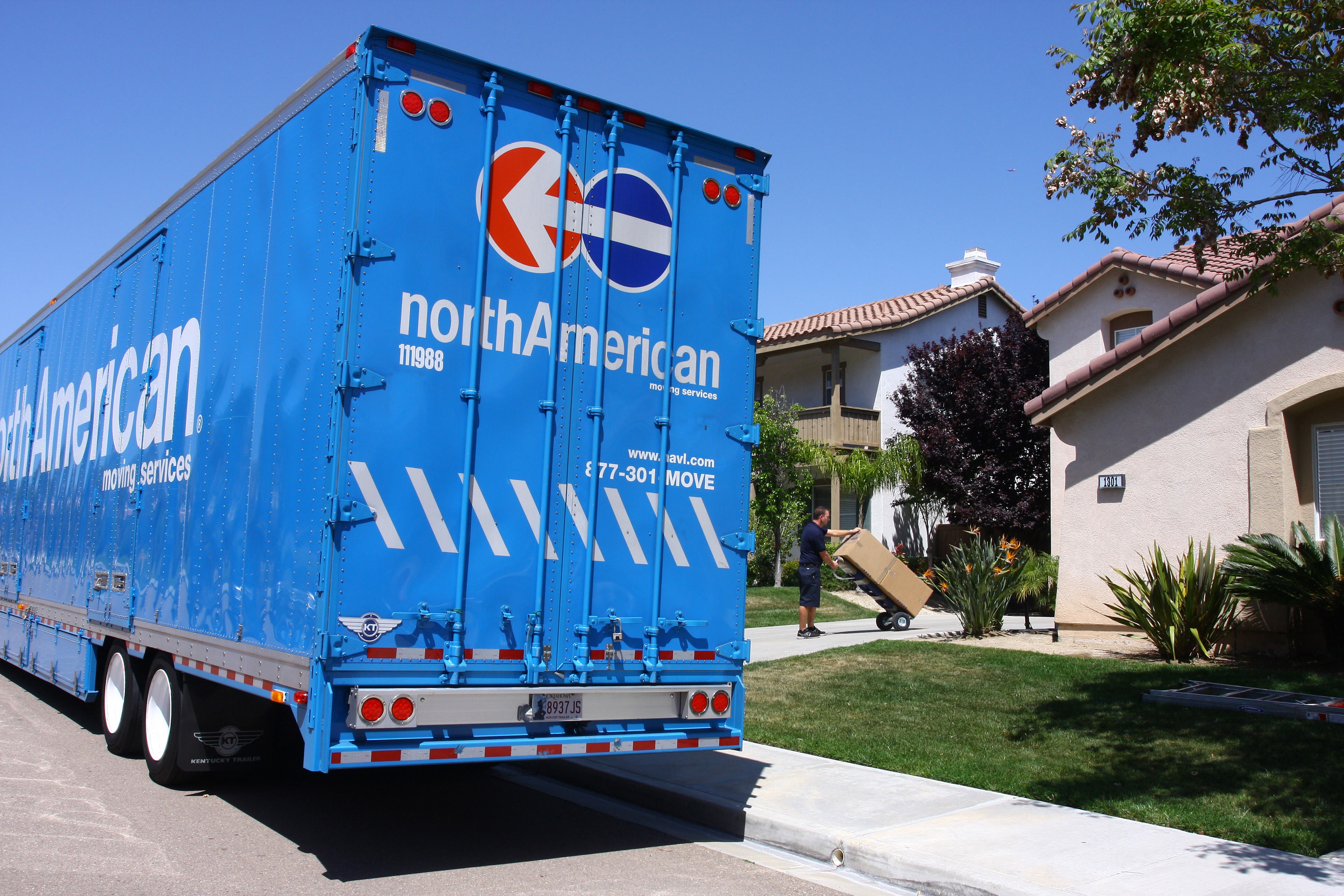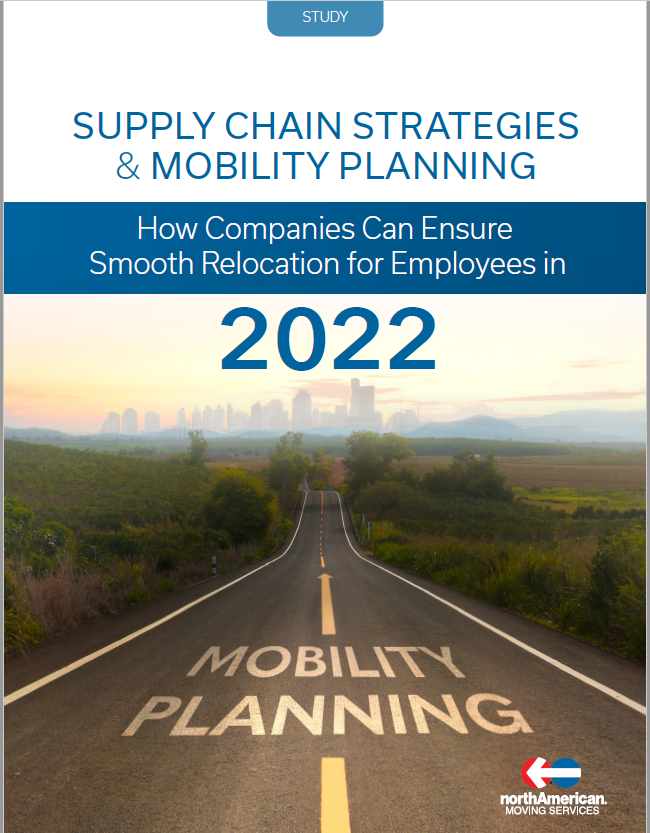
Whitepapers & Research Studies

Study: Supply Chain Strategies & Mobility Planning
How Companies Can Ensure Smooth Employee Relocations in 2022
As the pandemic took hold in March 2020, consumer demand patterns shifted abruptly. Shelter-in-place orders, travel restrictions, lockdowns, and school closures skyrocketed demand for larger houses and many home gadgets and furnishings, while reducing demand for travel- and relocation-based necessities such as rental cars and rental homes.
In May 2021, the Centers for Disease Control and Prevention announced that vaccinated Americans could “resume activities that you did before the pandemic,” causing a dramatic surge in travel and demand for goods that has strained logistics and manufacturing, even in the best of times.
As we head into 2022, the U.S. economy is still reeling from the initial wave of the COVID-19 pandemic and struggling to bridge the gaps between supply and demand amid ongoing labor and material shortages, intermittent plant closures, and shipping delays. Given this unprecedented situation that shows no immediate signs of resolution, we commissioned Corporate Relocation Today to study the impact of COVID-19 and related supply chain issues on corporate mobility in 2021.
Due to shortages in many relocation-related areas, mobility professionals are facing unique challenges in completing corporate employee relocations. The purpose of this study is to determine how companies can address these challenges to ensure a smooth relocation for their employees. Here's what mobility and relocation professionals can expect to learn:
- How many companies managed employee relocations in 2021, and what kind of relocation programs did they use?
- Top solutions companies employed to alleviate relocation-related issues.
- What impact do companies think COVID-19 will have on 2022 relocation budgets?
- Key Takeaways for Professionals Dealing with Employee Relocations in 2022.
Please complete the form below to receive your study.
Contact our moving experts now and get started.
